
Every era has its must-haves, and the ‘80s were no different. People filled their homes and routines with things that symbolized the moment. But as decades passed, those objects stopped fitting the way life works now. Some became outdated by design, others simply unnecessary. Let’s explore the things once central to everyday life in the ‘80s that lost all relevance.
VHS Tapes
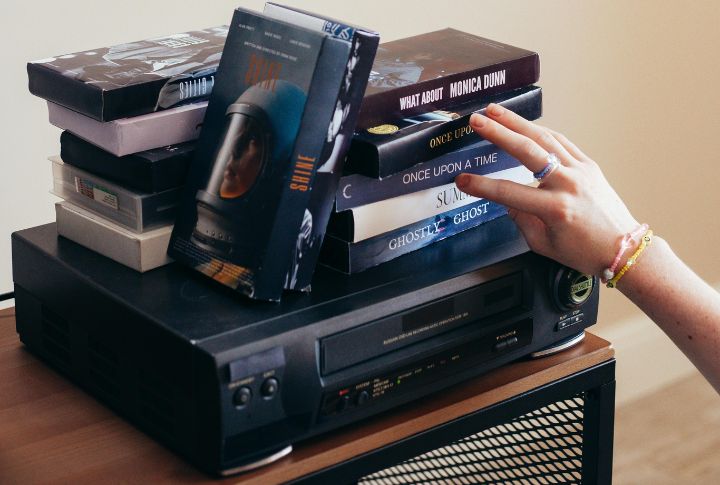
During the 1980s, VHS tapes allowed people to record and rewatch movies whenever they wanted. They quickly became the dominant video format that replaced trips to the theater with evenings at home. Their decline began with the rise of DVDs, ending with Hollywood’s final VHS release in 2006.
Floppy Disks (3.5″ And 5.25″)
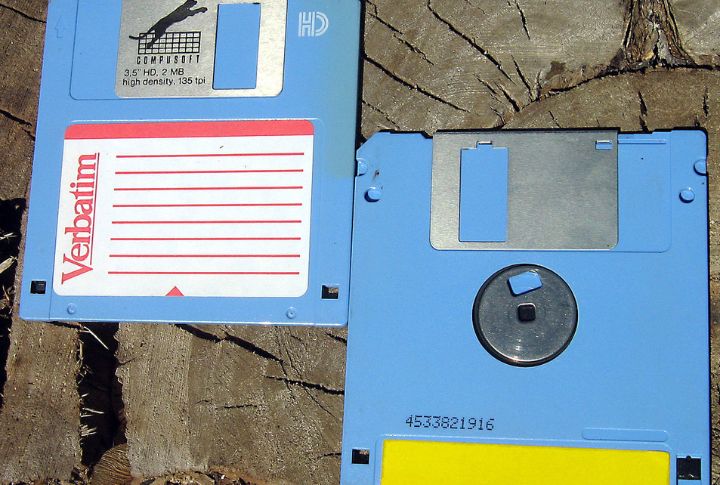
Floppy disks once served as the foundation of digital storage in the 1980s and ’90s. Available in both 3.5″ and 5.25″ formats, they could only hold up to 2.88 MB of data. Today, their memory lives on only as the “save” icon.
Cassette Mixtapes
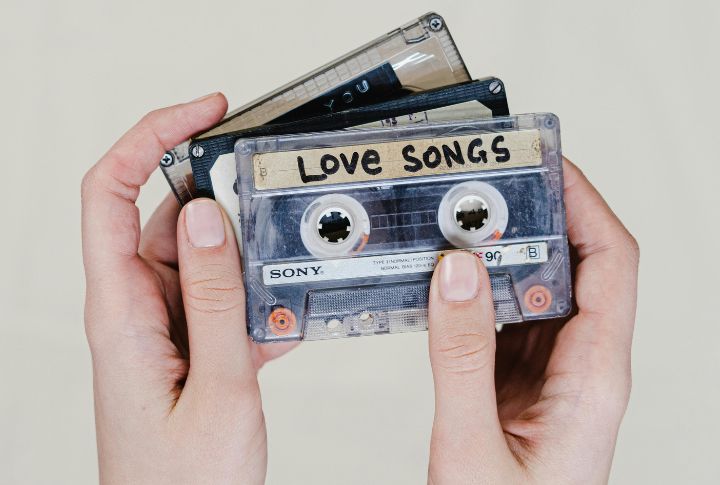
Nothing said “I care about you” like crafting a mixtape in the 1980s, when music lovers carefully recorded playlists from radio broadcasts or other cassettes. A pencil doubled as a rewinder that saved battery life. Streaming services eventually replaced these personal creations, leaving mixtapes as nostalgic symbols of connection.
Carbon Copy Paper And Manual Receipt Books
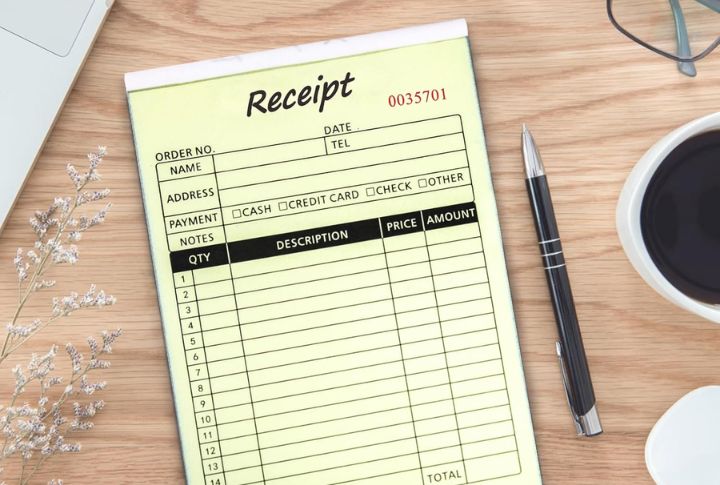
Before printers transformed duplication, businesses relied on carbon copy paper to reproduce important documents. Introduced in the early 19th century, it provided a practical solution that lasted more than 150 years. Despite constant smudges, it enabled receipt books and copies, remaining a daily office tool well into the 20th century.
Phone Books
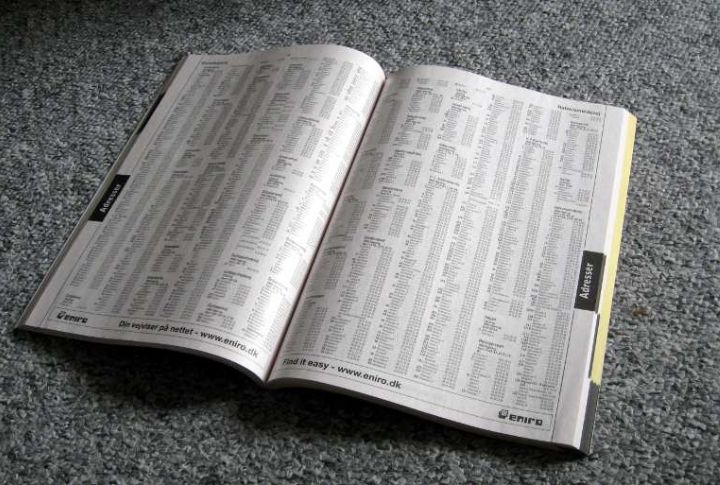
Those hefty regional phone books were more than just directories, often doubling as makeshift booster seats in American households. Their White Pages listed residents, while the Yellow Pages organized businesses into searchable categories. These staples gave way to online directories, which changed how people find contact information.
Map Books And Folding Road Atlases

The art of folding a road atlas once separated the savvy traveler from the struggling one. The papers offered far more than directions, including trivia and travel tips alongside maps. GPS devices and mobile apps later replaced them with screen-sized simplicity.
Microfiche / Microfilm Readers
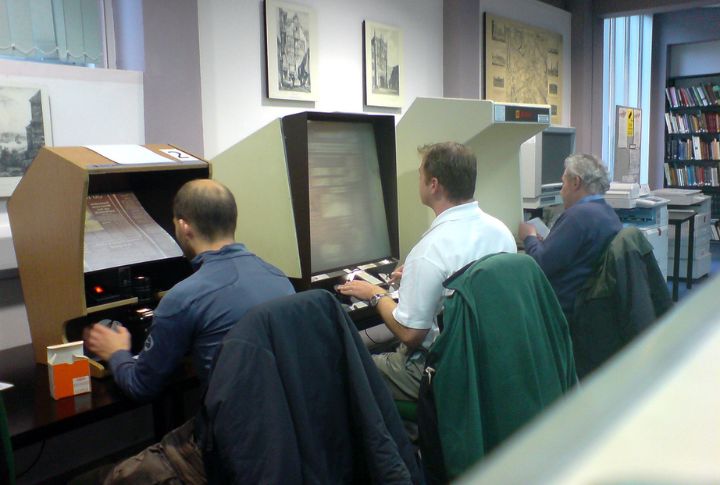
Before cloud storage, storing vast collections of documents posed a serious challenge for libraries and archives. Microfiche provided an elegant solution that compressed hundreds of pages onto small sheets and required specialized readers. Today, most of them have been turned into digital archives.
Dot-Matrix Printers
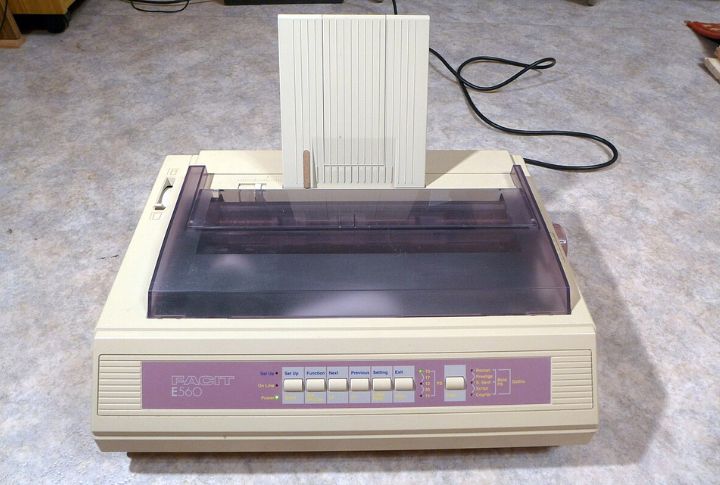
Businesses of the 1980s relied on dot-matrix printers to handle multi-part forms with carbon copies. Their noisy chattering became an unavoidable soundtrack in offices, despite the efficiency they offered. Modern inkjet and laser printers have long since delivered cleaner results without the racket.
Point-And-Shoot Cameras
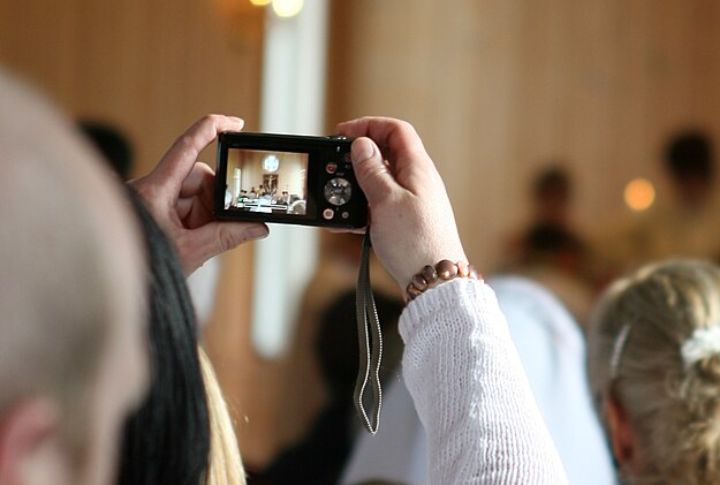
35mm film cameras required patience and processing. Each image remained unseen until the roll was finished and developed at a photo lab. The workflow occasionally produced artistic surprises like double exposures, while disposable versions made this classic format more accessible to users seeking simple snapshots.
Rolodex Card Files
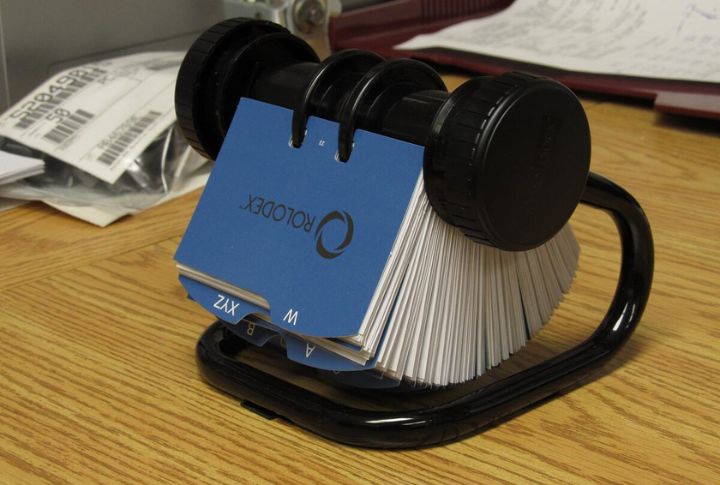
The Rolodex started as a simple card-filing system but soon became synonymous with professional networking. Executives often kept multiple Rolodexes for different circles, reflecting the importance of organized contacts. Smartphones rendered those spinning card files obsolete, though the term itself endures in everyday language.
Metal Lunchboxes

Children in the 1980s proudly carried themed metal lunchboxes featuring superheroes and movie tie-ins. Through the 1980s, molded plastics, vinyl, and insulated soft bags gradually supplanted them, as cost and convenience took priority. Today, rigid metal versions survive mostly as nostalgic collectibles.
Atari 2600 And Other First-Wave Home Consoles
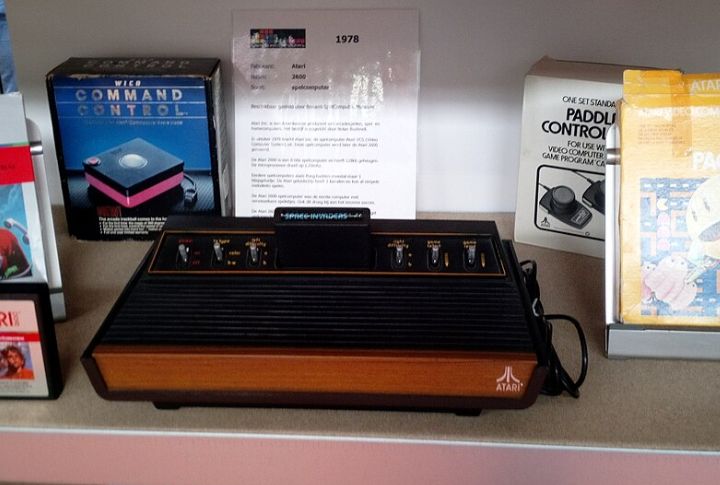
The disastrous E.T. game for Atari 2600 became gaming’s most infamous failure. That stood in stark contrast to the console’s revolutionary role in bringing video games into homes everywhere. With its charmingly basic one-button joystick, the 2600 pioneered an entertainment revolution that evolved into today’s downloads.
Electric Word Processors
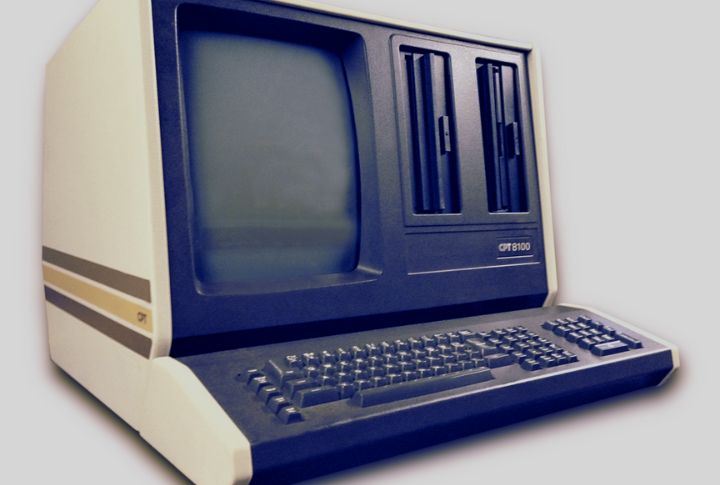
Many offices relied on stand-alone word processors, self-contained machines with keyboards, small screens, and printers. These devices let users edit documents and store text more efficiently than typewriters. As affordable PCs with powerful word processing software spread, dedicated processors quickly disappeared.
Movie Rental Stores
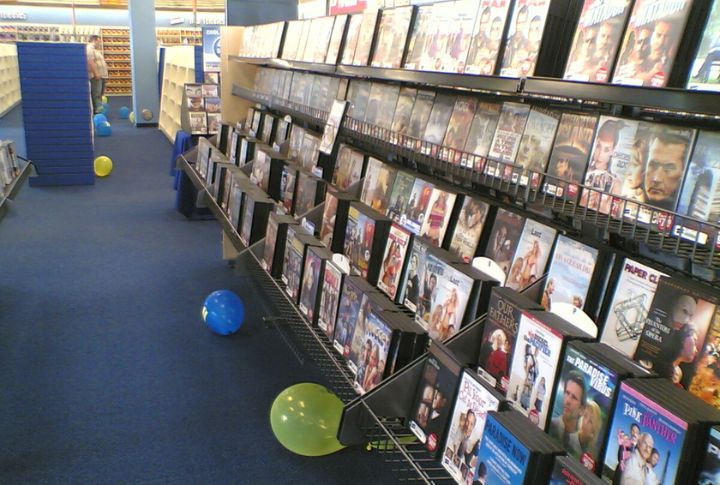
Once the undisputed king of entertainment, Blockbuster dominated the movie rental scene with its vast empire of VHS-filled stores. Customers navigated a maze of rental policies, from standard borrowing fees to penalties for late returns and even charges for unrewound tapes. This retail giant has vanished, rendered obsolete.
Trapper Keepers
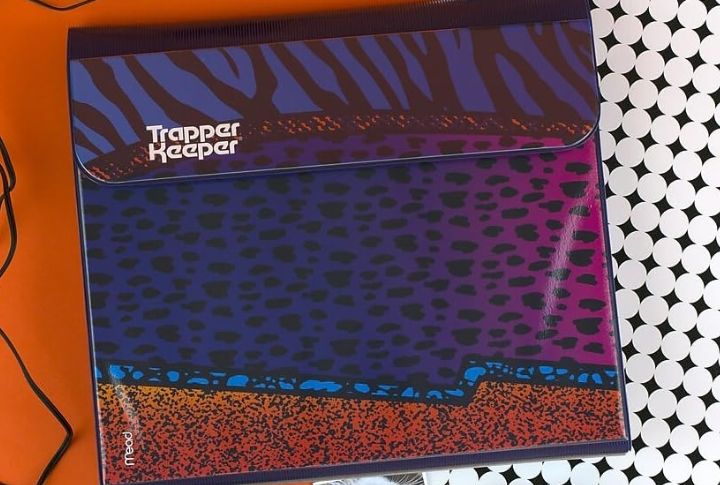
In the 1980s, Trapper Keeper binders became a schoolkid’s prized possession. With Velcro flaps, colorful designs, and built-in folders, they made organization fun and fashionable. As digital tools and online portals replaced paper-based schoolwork, the once-essential Trapper Keeper faded into nostalgia.
Rotary Dial Phones
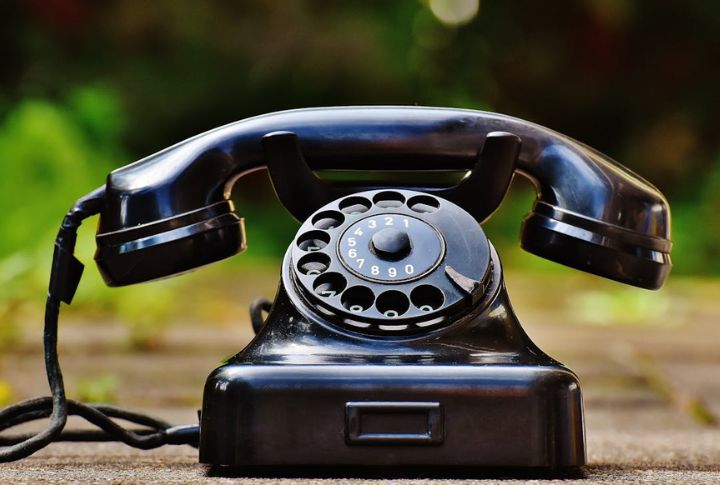
The tactile ritual of spinning a rotary phone’s dial created a signature sound that still resonates in movies today. These statement pieces came dressed in bold colors to complement home decor, making them as much about style as function. Touch-tone phones and smartphones eventually simplified the dialing experience.
Public Payphones / Phone Booths
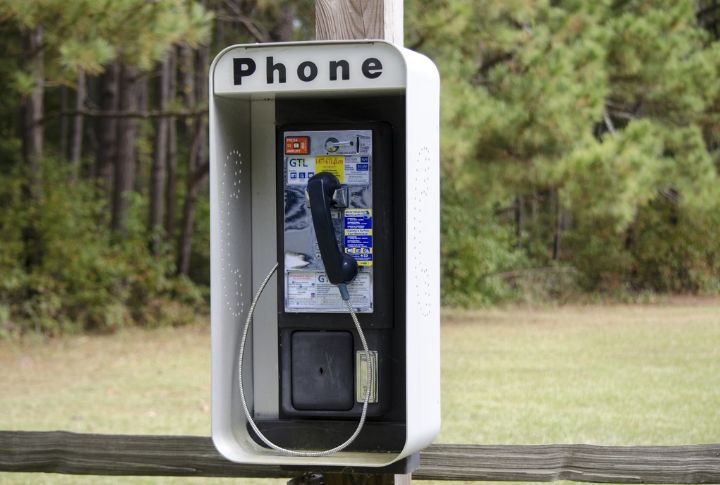
These glass-and-metal sanctuaries once served both practical callers and comic book heroes alike. They connected countless travelers to loved ones while giving Superman his signature transformation spot. As mobile phones pushed payphones toward extinction, some booths found an unexpected encore as tiny libraries, trading telecommunications for literature.
Answering Machines With Tape Reels
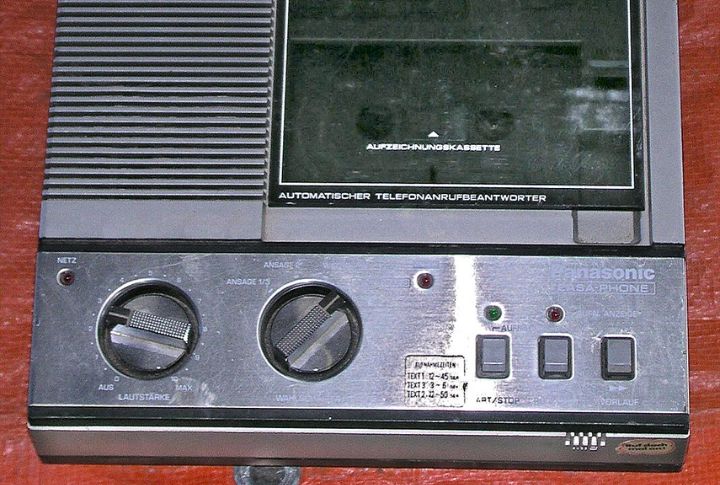
The frustrations of tape-based answering machines were all too familiar, from magnetic reels that cut off lengthy messages to bulky mechanical systems that felt outdated. Yet they still brought charm with personalized family greetings. Voicemail and messaging solved the headaches and replaced them with more reliable tools.
Pagers / Beepers
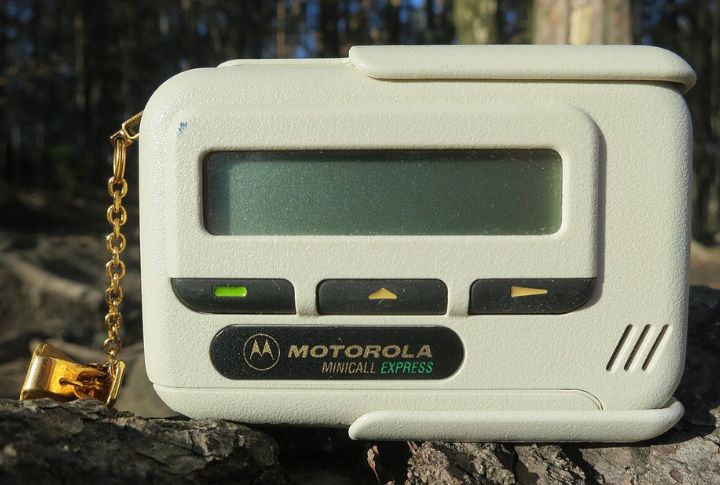
Starting as simple one-way communication devices that could only receive messages, pagers evolved to incorporate tiny screens capable of displaying phone numbers. These basic beepers dominated mobile alerts in the pre-cell phone era. They became must-have accessories that conveyed professional status, despite their limited functionality by modern standards.
Fax Machines
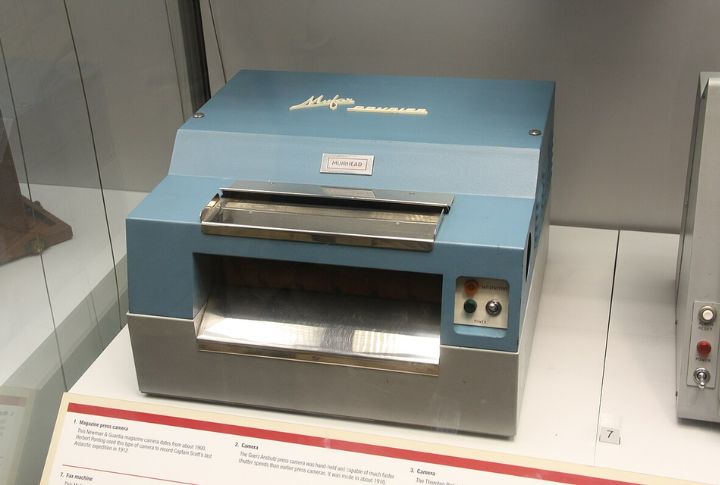
The limitations of fade-prone thermal paper proved to be the Achilles’ heel of fax technology, haunting users from its commercial beginnings in the 1960s. By the 1980s, it had become the primary method of transmitting documents. This frustrating flaw helped pave the way for today’s permanent digital solutions.

